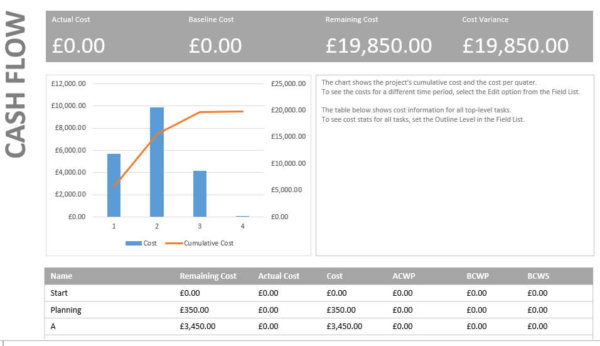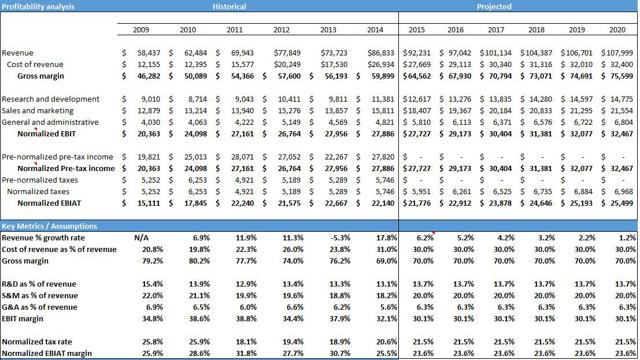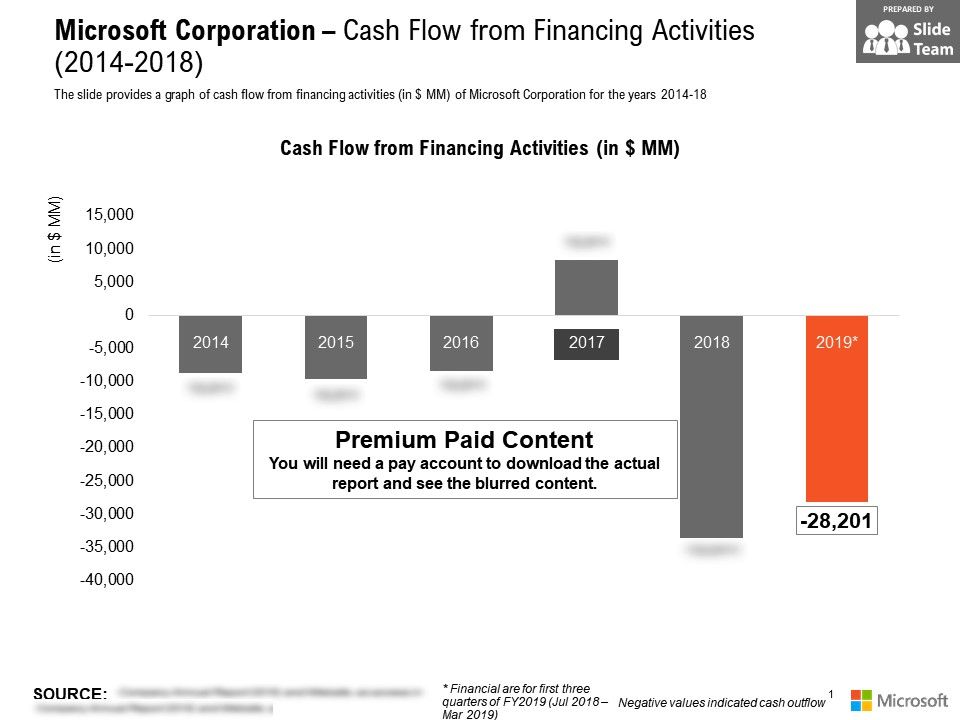

Table 8.8 shows the first few years of the P&L statement (not all fifteen for the full P&L statement, please refer to the Excel spreadsheet in Canvas). Table 8.7: Properties of the natural gas plant Capital Costīelow this table on the Plant Properties tab you will notice a set of assumed annual sales prices, in $ per MWh, for the fifteen-year operational period. Some of these plant properties aren't relevant to us right now, but we will come back and use this hypothetical plant as an example in future lessons.

Our hypothetical natural gas power plant has the following properties that are shown in Table 8.7 (from the Plant Properties tab). The Cash Flow tab contains the Cash Flow statement for the same fifteen-year operational period.The P&L tab contains the P&L statement for a fifteen-year operational period.The Depreciation tab contains the annual depreciation allowances (the A(t) values) assuming that all components of the plant are eligible for 10-year MACRS depreciation.The Plant Properties tab contains some overview information about the power plant.
MICROSOFT CASHFLOWS 10K DOWNLOAD
Please download the spreadsheet for reference (for those who do not have access to Excel, the spreadsheet should be easily opened in Open Office or in a Google Spreadsheet). Look for the Pro Forma Example.xlsx file in the Lesson 08 - Basic Accounting module in Canvas.
MICROSOFT CASHFLOWS 10K PRO
I have posted a simple pro forma statement for a hypothetical natural gas power plant, in Microsoft Excel format. (It is possible to put together a historical pro forma for an individual energy project, but we'll focus on the pro forma for evaluation of potential energy projects.)Īs we go through the various parts of the pro forma, it will be useful to refer to a numerical example, to keep things a little less abstract. Individual energy projects are often evaluated using P&L and Cash Flow statements that jointly are known as the "pro forma." Unlike the P&L and Cash Flow statements for a company, which should represent actual historical data, the pro forma represents the analyst's evaluation of the financial worthiness of a potential energy project.

are public information, so you should be able to easily find them, as long as the company is required to file one. This is not to say that all companies massage the numbers in their annual shareholder reports, only that you may find differences between the annual report and the 10K, if you look hard enough. So, the 10K is the real deal as far as determining the financial position of a company. Some companies publish similar information in their annual reports to shareholders, but these annual reports are not subject to any sort of regulatory scrutiny, whereas 10K filings can be audited if necessary. companies, at least those that are publicly traded, are laid out in a mandatory quarterly filing to the Securities and Exchange Commission called the Form 10K. The P&L and cash flow statements for U.S. Either way, they have roughly the same format.Īt this point, please read "A Primer on Financial Statements." The first big table in the article lays out the structure of the P&L statement pretty nicely, at least up until the row that is labeled "Net Income." The rows below Net Income pertain to calculating financial metrics for valuation of specific companies. The last two financial statements - the P&L and the cash flow statement - are used in two ways, depending on whether the entity under analysis is a company or a specific project. The Balance Sheet that was discussed earlier in this lesson provides a snapshot in time of the financial health of a firm or the valuation (again, at a snapshot in time) of a specific investment project.

For positive cash flow, a company's long-term cash inflows must exceed its long-term cash outflows.The Pro Forma Income (P&L) and Cash Flow Statements Although some industries are more cash-intensive than others, no business can survive in the long run without generating positive cash flow per share for its shareholders. Investors must analyze the income statement in conjunction with the cash flow statement for a more accurate picture of the health of a company.īusiness is all about trade, the exchange of value between two or more parties, and cash is the asset needed to participate in the economic system.Note that cash flows can be positive even if bottom-line profits are negative.For positive cash flows, and to provide a return to investors, a company's long-term cash inflows must exceed its long-term cash outflows.The cash flow statement is a standardized document that clarifies the state of a company's cash flow at a point in time.Cash flows refer to the operational turnover of a business and its ability to generate revenues.


 0 kommentar(er)
0 kommentar(er)
